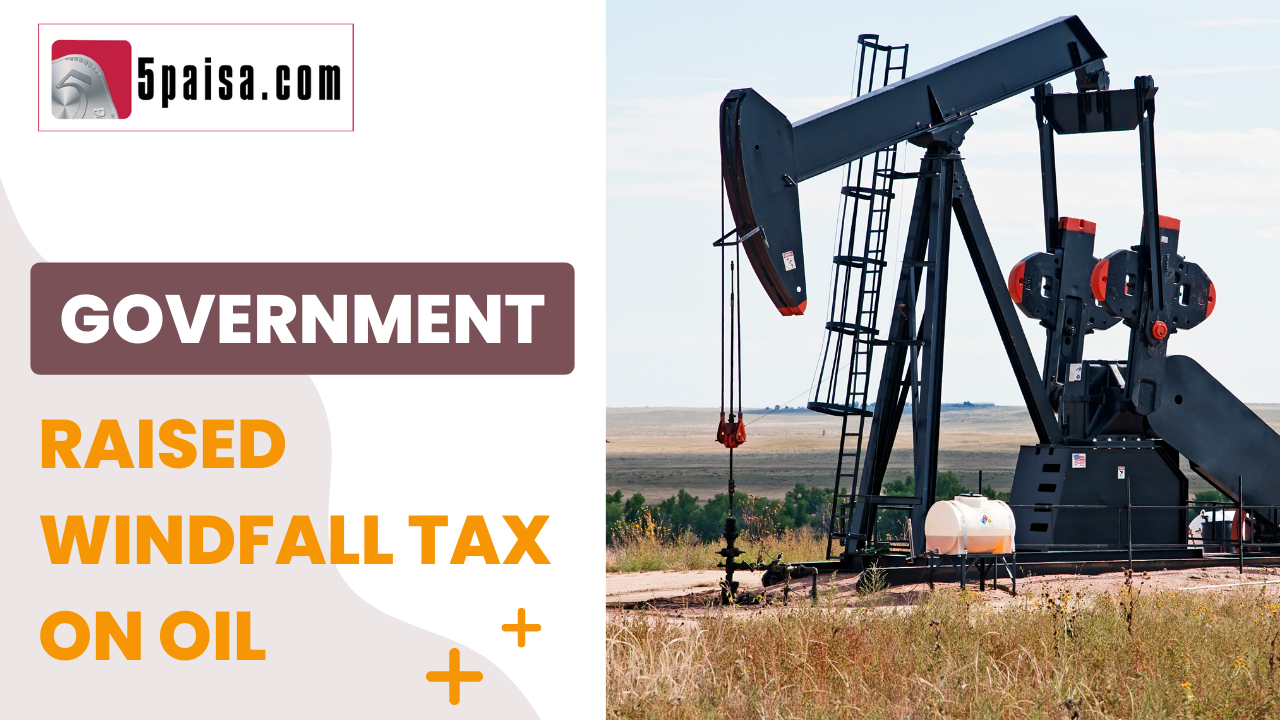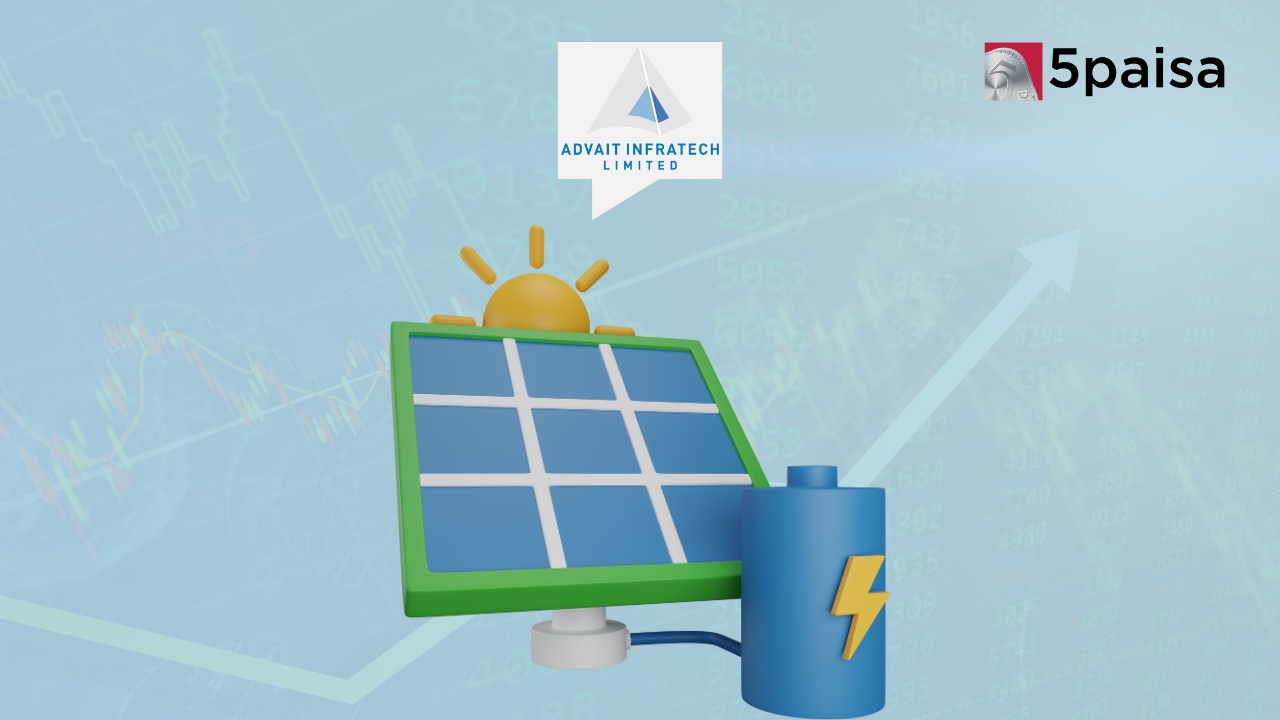PN Gadgil Jewellers' Shares Rise 2.5% After Strong Q3FY25 Update
Why has the government raised windfall taxes on oil

Last Updated: 17th October 2022 - 05:33 pm
The windfall tax was first imposed a few months back for a few distinct reasons. Firstly, the government wanted to take away part of the price of the oil and gas produced or exported from India when price levels are higher. Secondly, windfall tax forces the upstream oil extractors to share some of their profits with the government since such profits are made by charging customers higher prices. That can be used as a reserve to compensate the customers directly or indirectly in terms of steeply higher prices. Lastly, windfall taxes were also used to curb the export of petrol and diesel at a time of domestic shortages.
In the latest round, the government has announced a series of changes in the windfall tax (also called the special additional excise duty or SAED). Accordingly, the SAED on domestically produced crude oil was raised from Rs8,000 per tonne to Rs11,000 per tonne. At the same time the SAED on aviation turbine fuel (ATF), which had been cut to zero in the last round of changes, has been reimposed at the rate of Rs3.50 per litre. In addition, the windfall tax on diesel has also been hiked from a level of Rs5 per litre to Rs10.50 per litre. This more than reverses all the windfall tax cuts undertaken in first week of October.
What triggered this shift. Firstly, the price of Crude which had gone up sharply from $86/bbl to $94/bbl. Secondly, the OPEC had cut the supplies of oil at the rate of 2 million barrels per day (bpd) and that was also likely to impact the price of crude oil and keep it elevated. However, despite imposing the windfall tax on all other products or increasing it; the windfall tax removed from petrol on July 20th has not been reinstated so far. Also, it is expected that Russia would further tighten supplies of oil to the European region and that is also likely to put pressure on the oil prices.
However, one school of though is that the oil rally may not really have the legs to last long enough. That is due to fears of a global recession and the weakening of demand in China, which is likely to act as a lid on oil prices. In fact, crude has faced resistance around $94/bbl. Of course, the million dollar question is whether if the prices come down again would the government reverse this action. That is something we have to watch, but in the past the government has been flexible with the windfall tax rates. For now, it gives them the means to compensate the oil marketing companies for the Rs22,000 crore marketing loss incurred by them.
Read more articles on WindFall Tax:
https://www.5paisa.com/news/what-does-the-windfall-tax-on-oil-really-mean
- Flat ₹20 Brokerage
- Next-gen Trading
- Advance Charting
- Actionable Ideas
Trending on 5paisa
03
 5paisa Research Team
5paisa Research Team
Indian Market Related Articles
Disclaimer: Investment in securities market are subject to market risks, read all the related documents carefully before investing. For detailed disclaimer please Click here.




